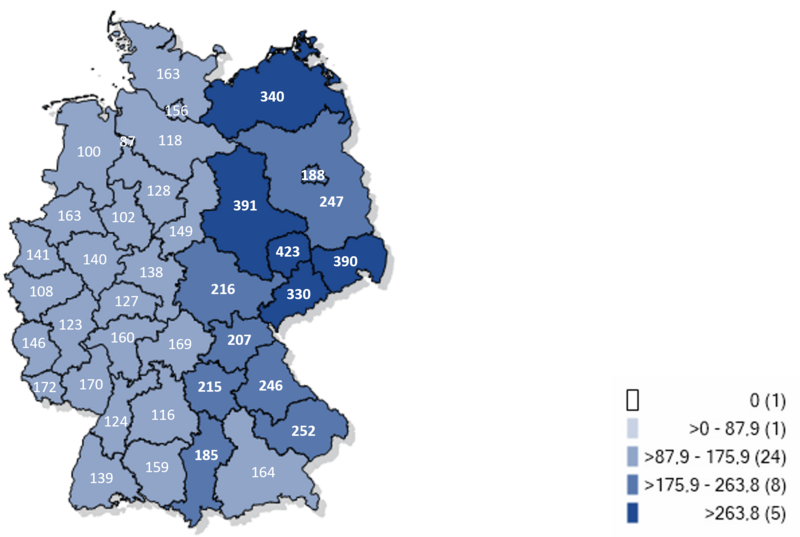Introduction
The COVID-19 pandemic has significantly impacted global health, economies, and day-to-day life since its onset in late 2019. As we look towards 2025, discussions around the virus’s evolution, potential variants, and vaccination strategies are becoming increasingly crucial. This article explores the anticipated changes in the pandemic landscape and the importance of ongoing efforts to manage COVID-19.
The Evolution of COVID-19
Experts predict that COVID-19 will become endemic by 2025, meaning it may continue to circulate in the population at lower, manageable levels. Thanks to vaccination efforts and natural immunity from previous infections, the severity of cases is expected to diminish. According to the World Health Organization (WHO), as of 2023, over 70% of adults globally have received at least one dose of the COVID-19 vaccine, significantly reducing hospitalizations and fatalities.
New Variants on the Horizon
While many assume that the virus will weaken over time, the likelihood of new variants emerging remains. Variants like Delta and Omicron have shown that mutations can lead to increased transmissibility and, in some cases, vaccine resistance. The WHO has established a system for monitoring these variants closely, emphasizing that vigilance is essential to prepare for any potential surges in cases. Continued genomic surveillance and research will be vital in understanding how the virus may evolve up to 2025.
Vaccination Strategies Moving Forward
As we move toward 2025, public health strategies will continue to adapt based on emerging data. Booster vaccinations may become standard practice, similar to the seasonal flu shot. With ongoing advancements in vaccine technology, tailored vaccines targeting specific variants could enhance immunity. Governments and health organizations are already strategizing on public health messaging to boost vaccine uptake and dispel misinformation, which has been a barrier in many communities.
Conclusion
The future of COVID-19 by 2025 is a subject of significant interest and concern. While the prospects of managing the virus effectively are increasing due to vaccination and immunity, the potential for new variants calls for continued preparedness. Public health efforts must prioritize education, rapid response to emerging variants, and accessibility to vaccines. For readers, understanding these dynamics is essential as we navigate the ongoing challenges posed by COVID-19 and work toward a balanced coexistence with the virus in the years to come.


